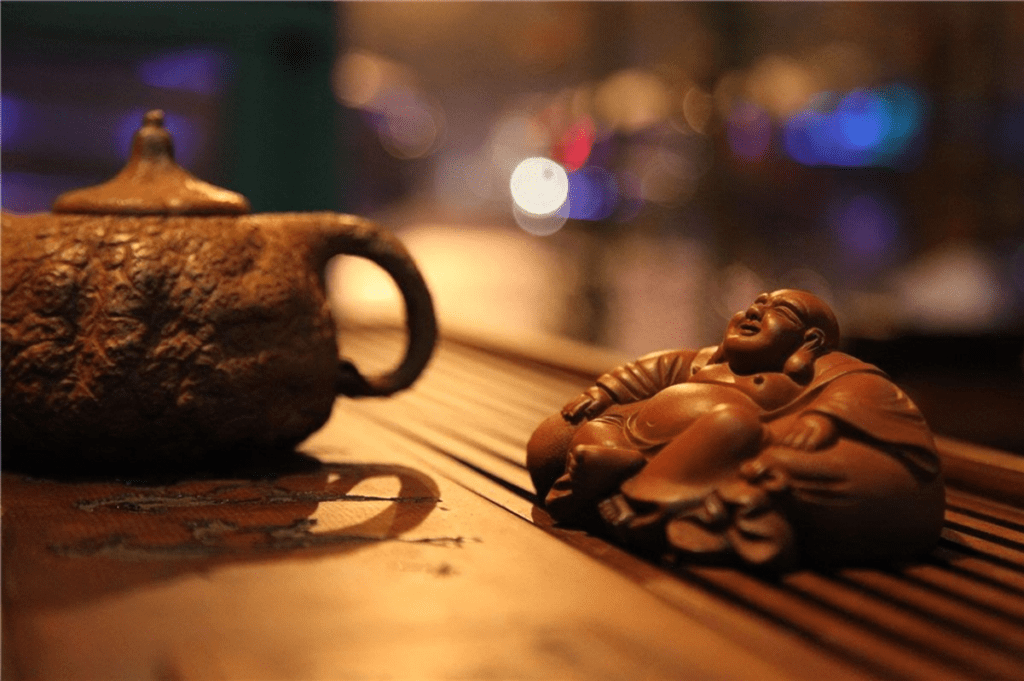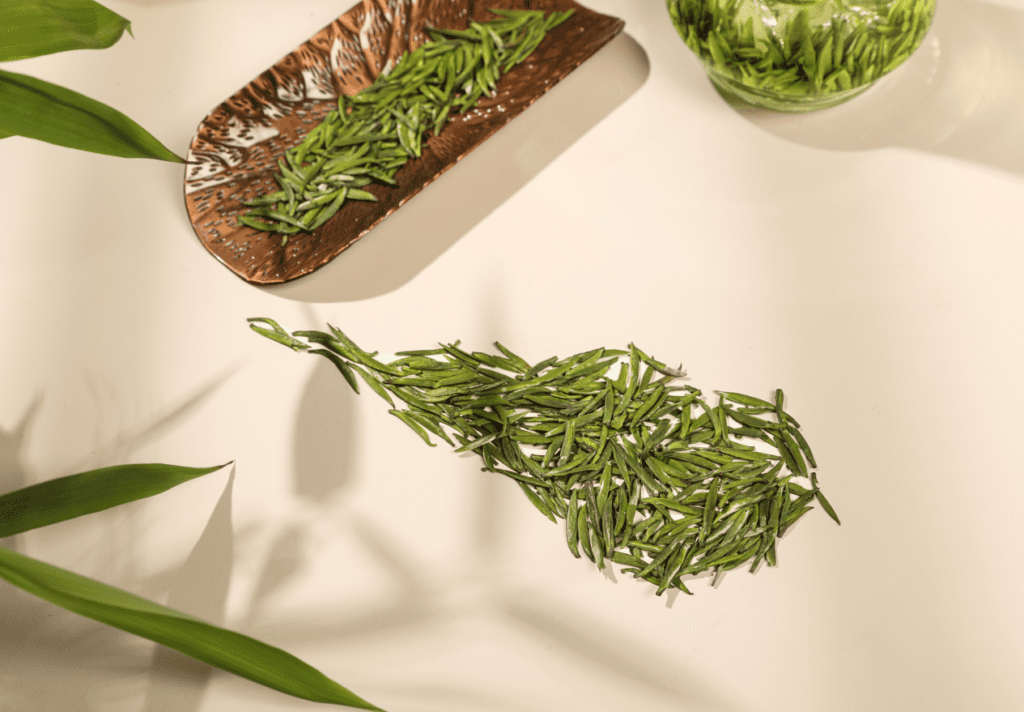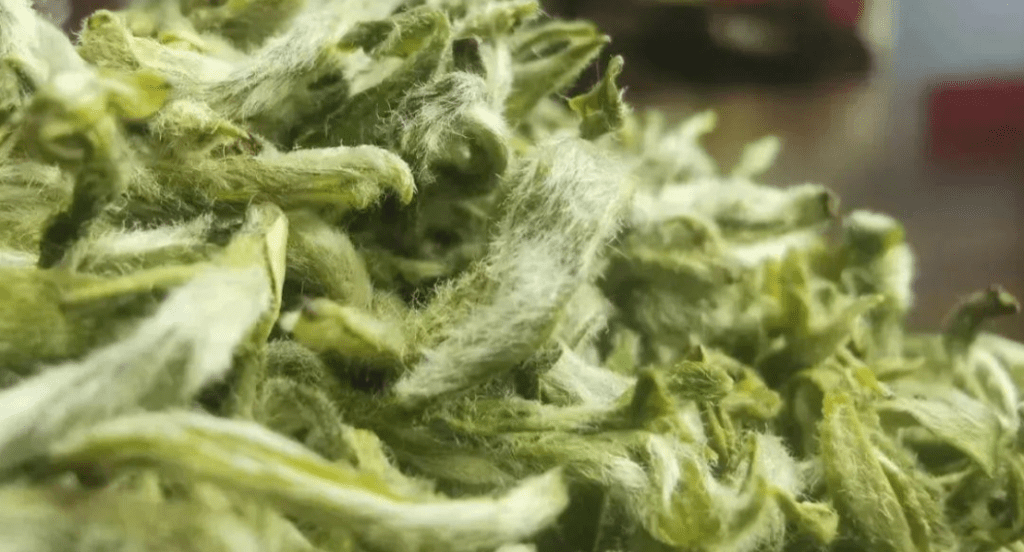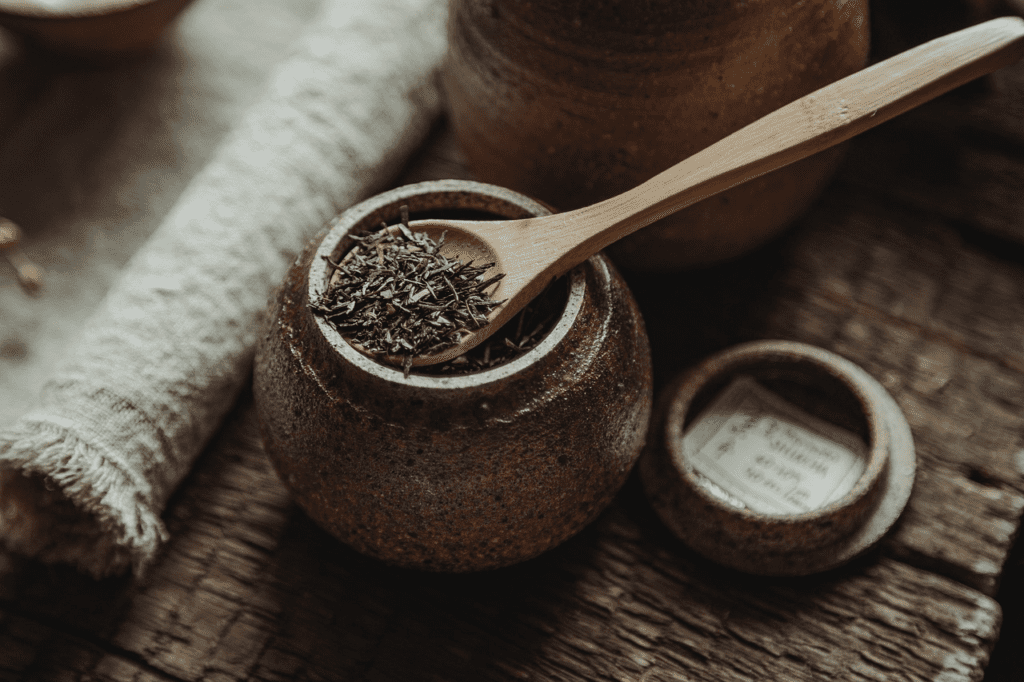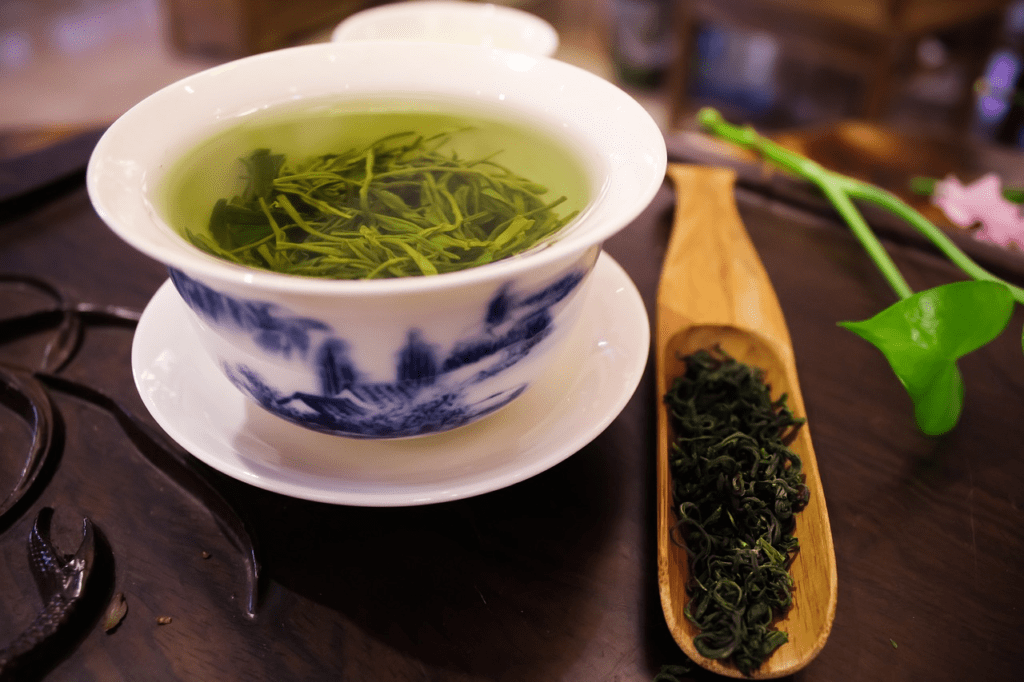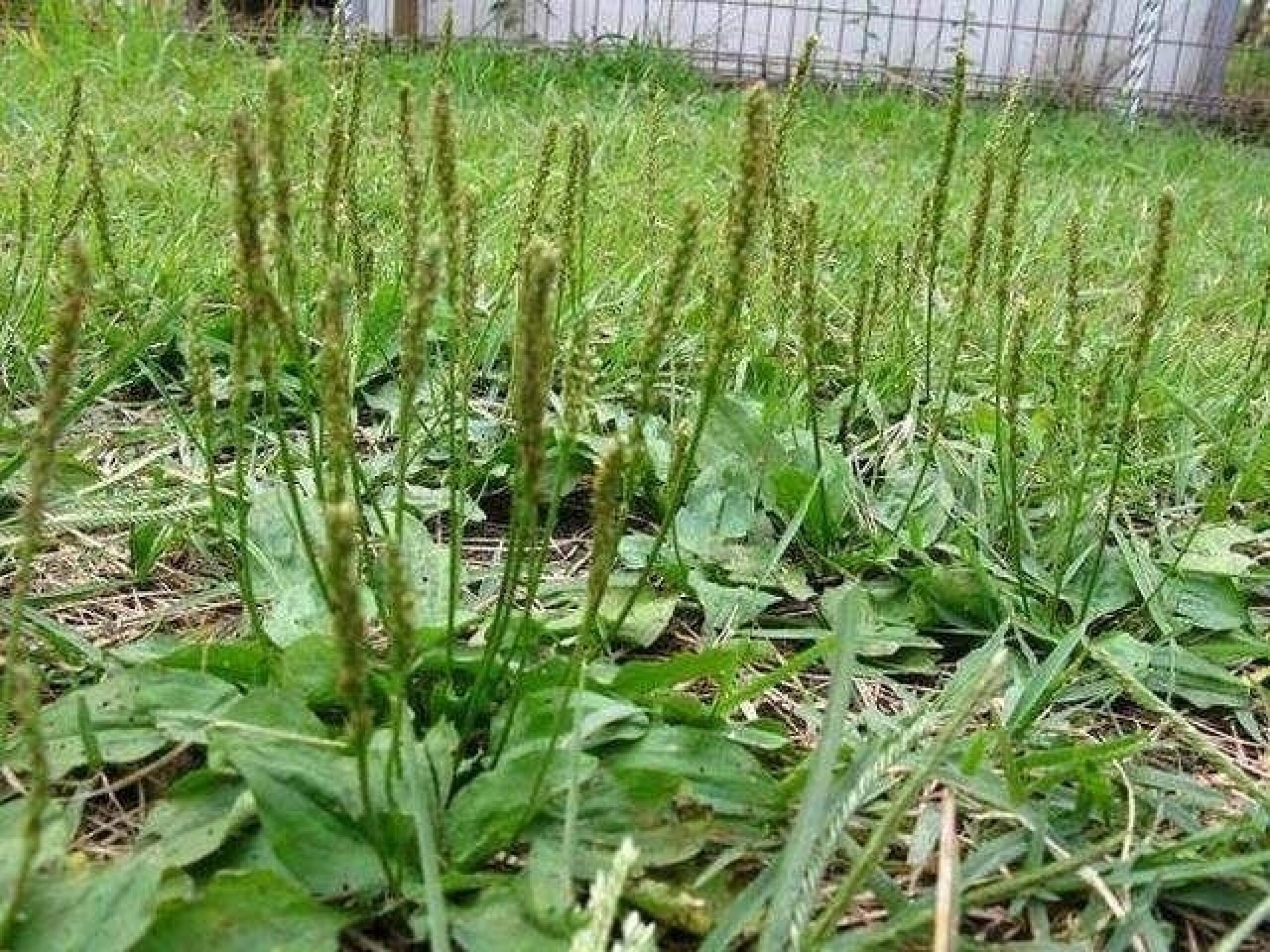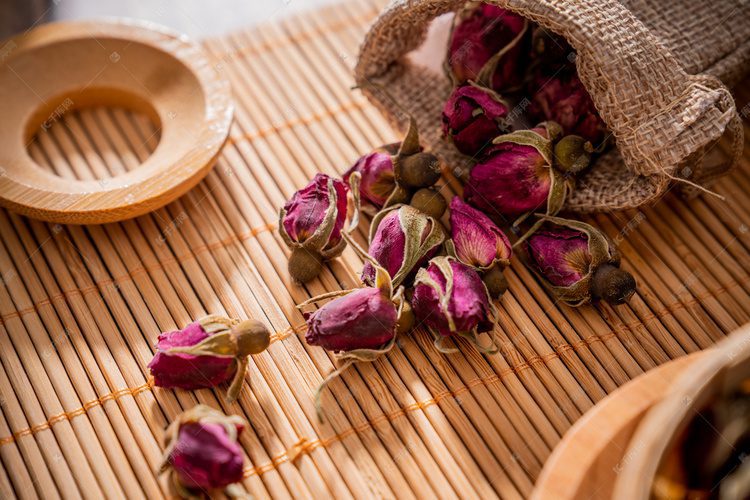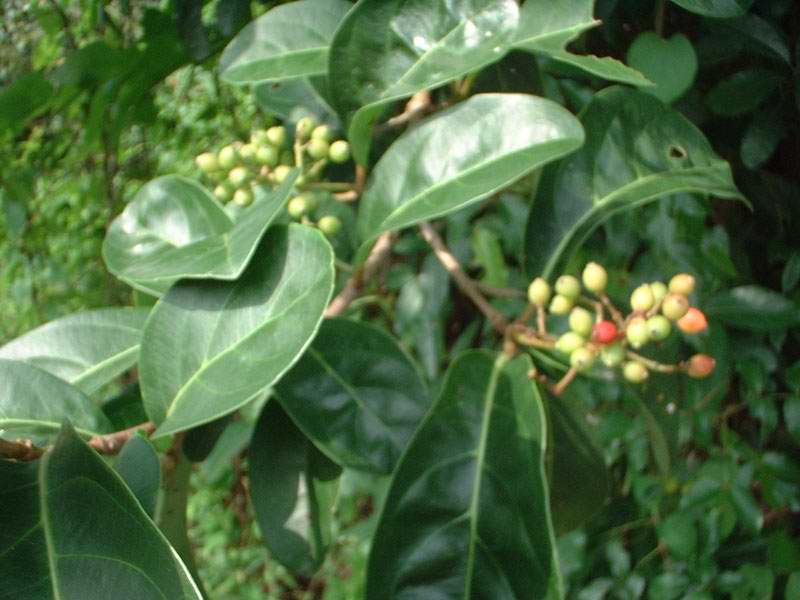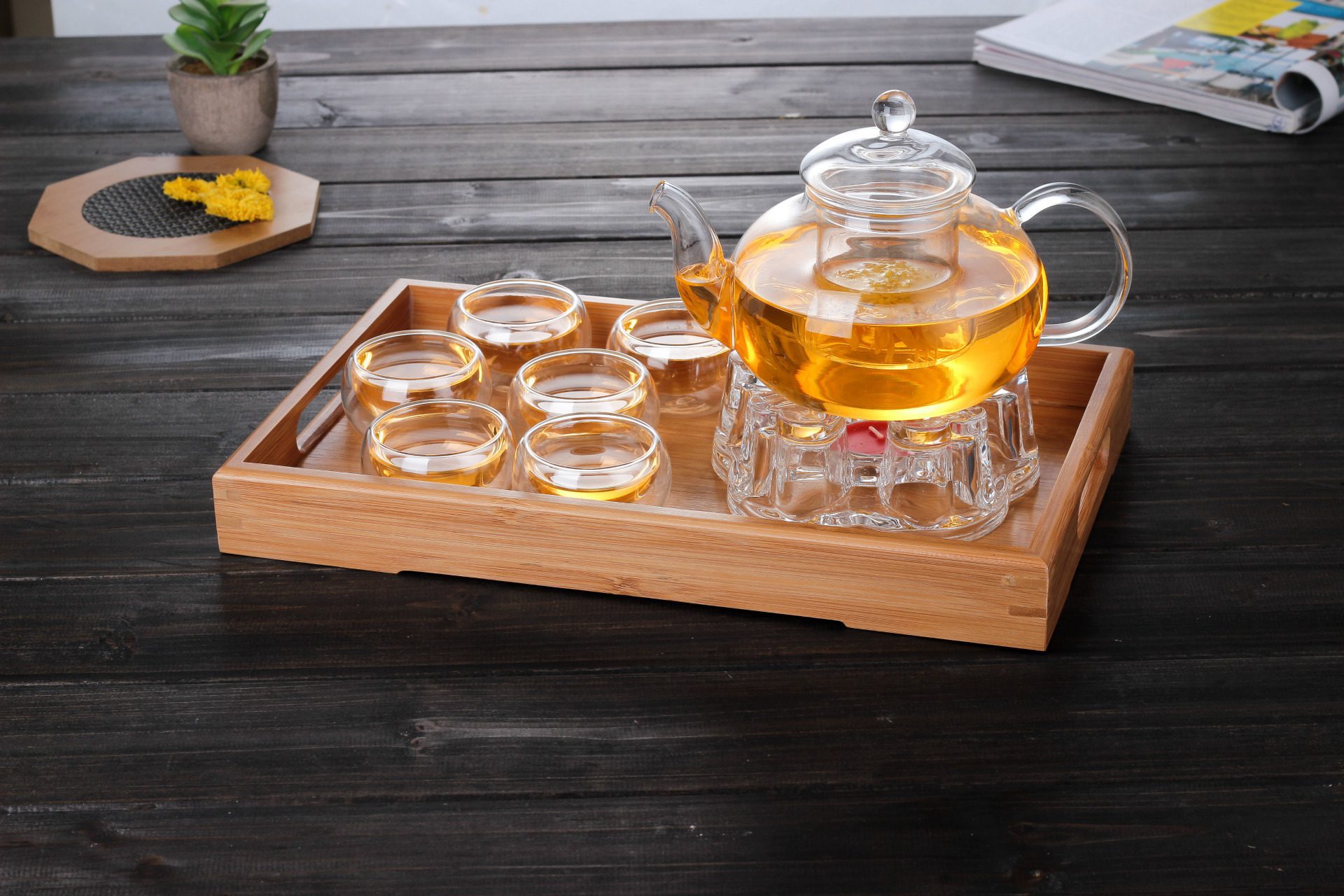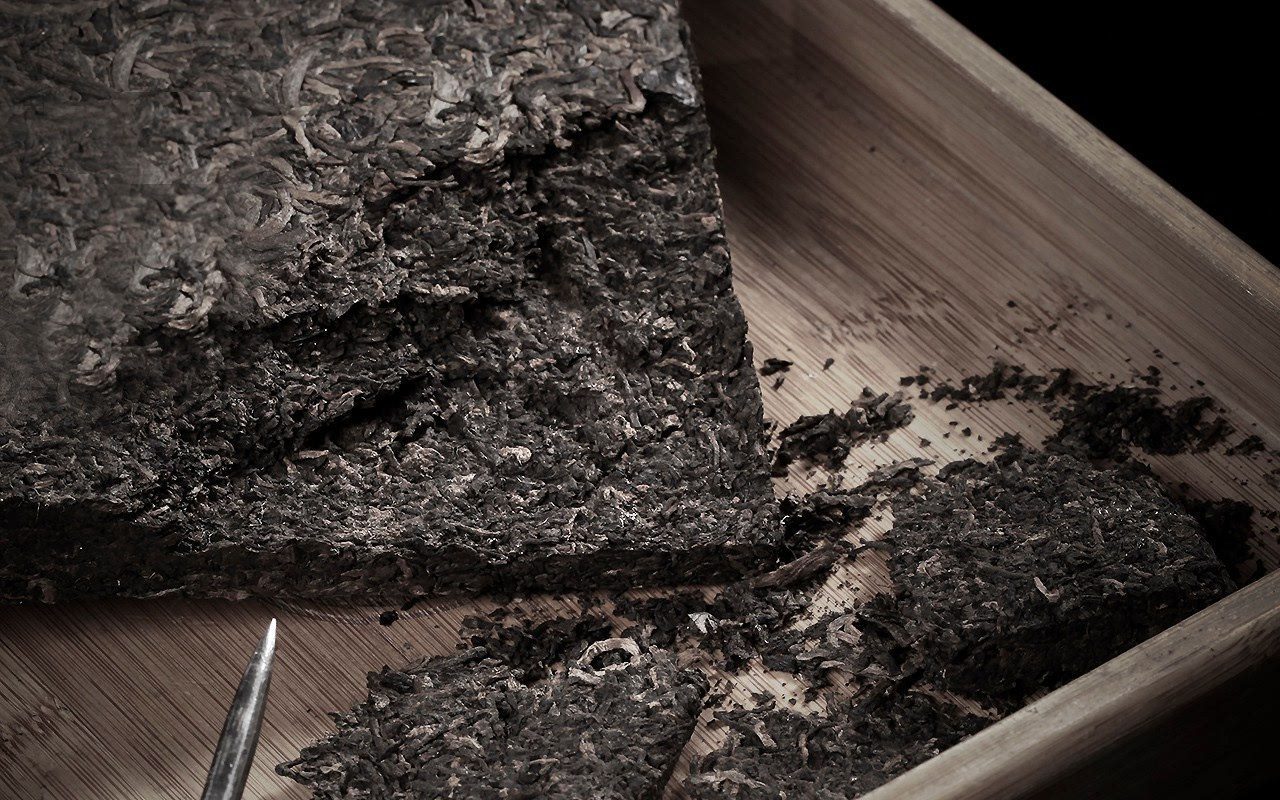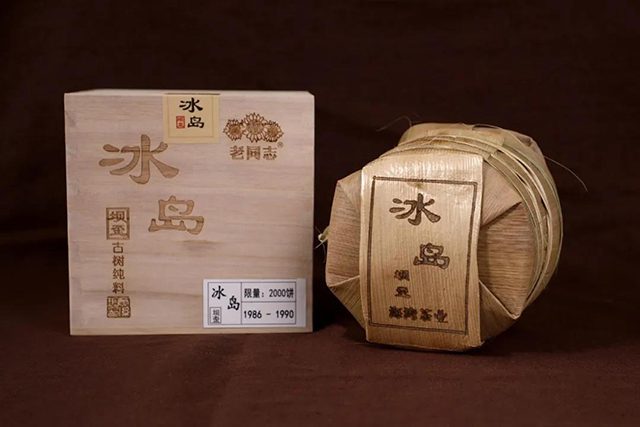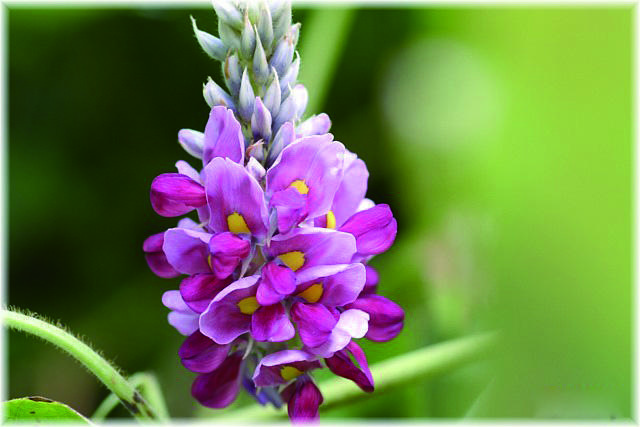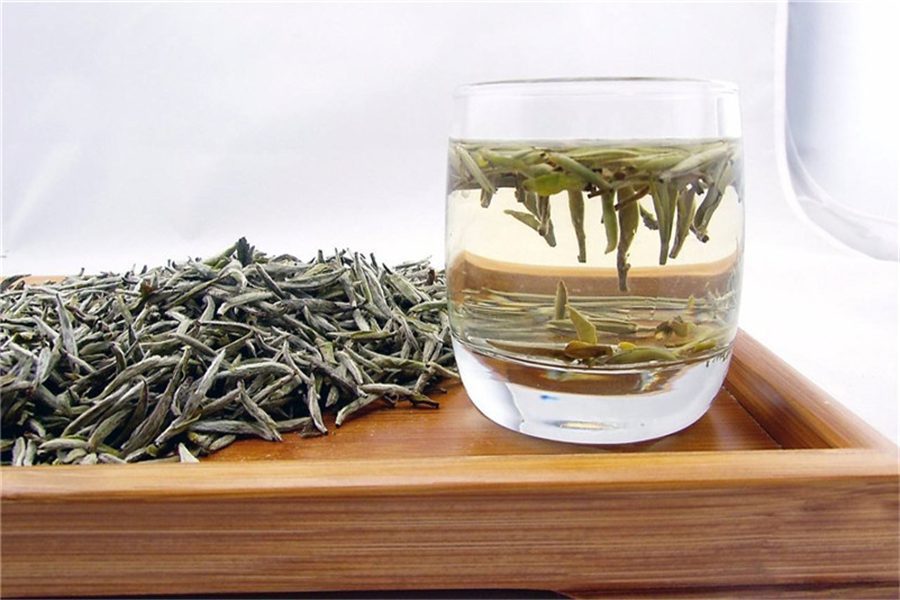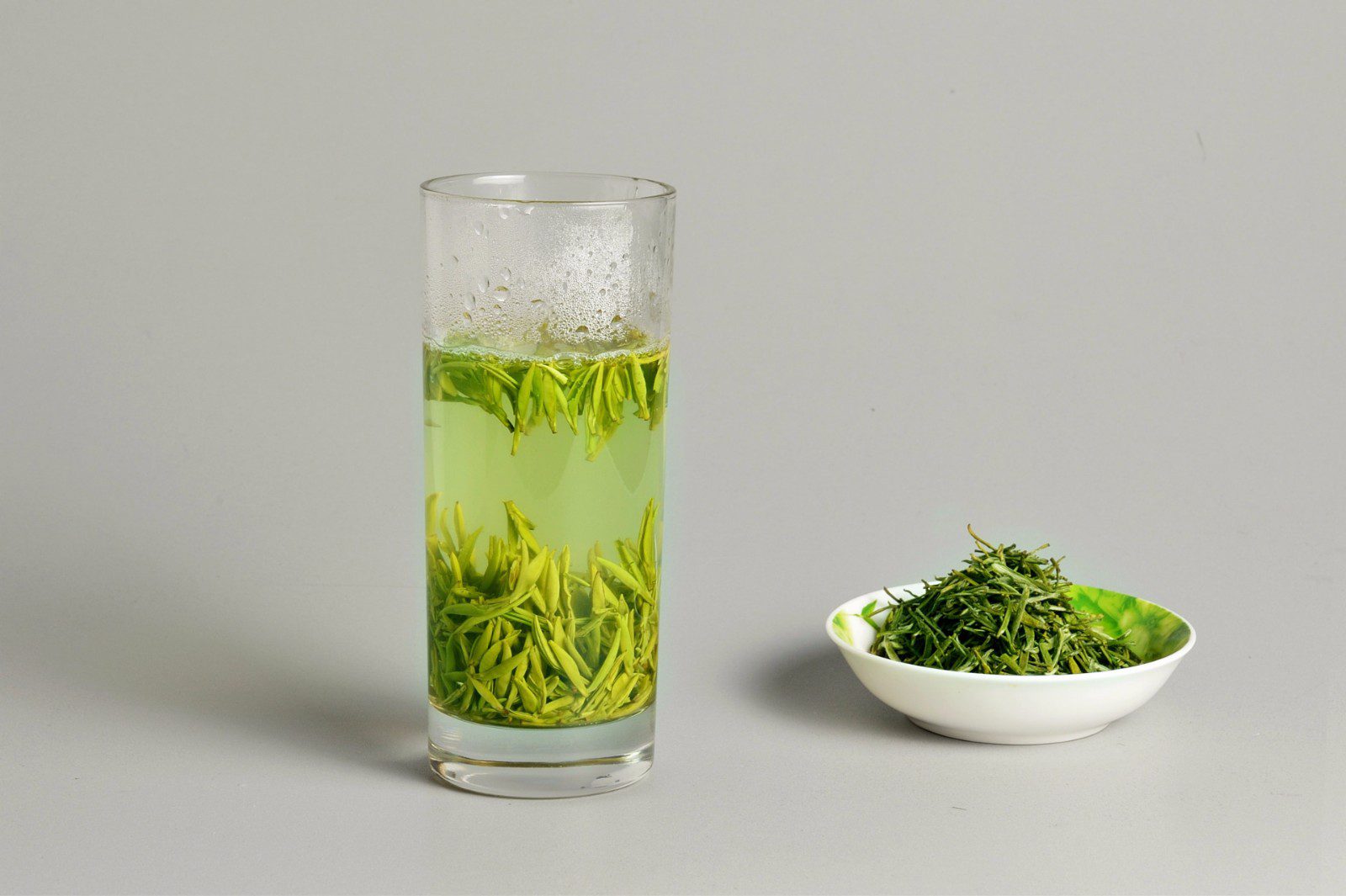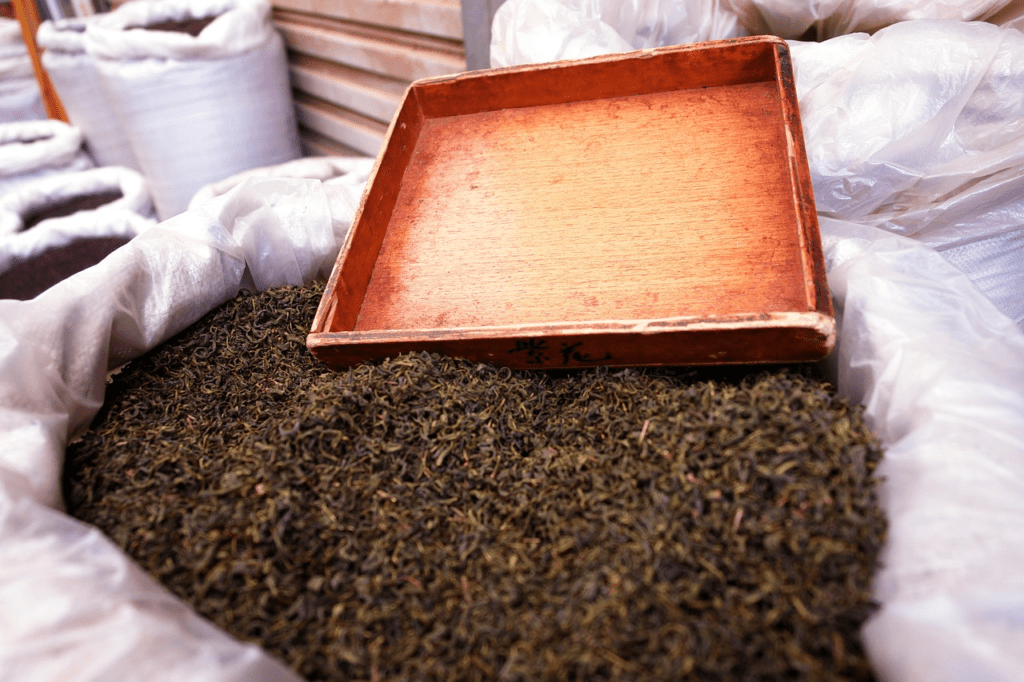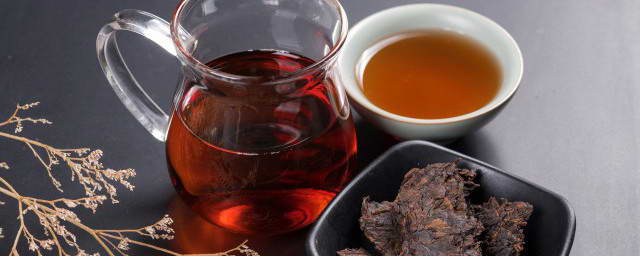The history of tea in ancient China goes back thousands of years, with the earliest records dating back to the Shang Dynasty. The ancients probably at first ate or chewed the tea leaves raw, and later on, as it evolved, they began to mix the tea leaves with suet and add spices, which at this time cannot be said to be a tea ceremony in the modern sense of the word.
Tea frying technology was first seen in the Han Dynasty, when tea production has gradually evolved into a process of frying. This method of stir-frying became more mature during the Sui and Tang dynasties, and the tea production process was gradually standardized. Through frying, tea can be better preserved, easy to transport, and easier to make into tea soup.
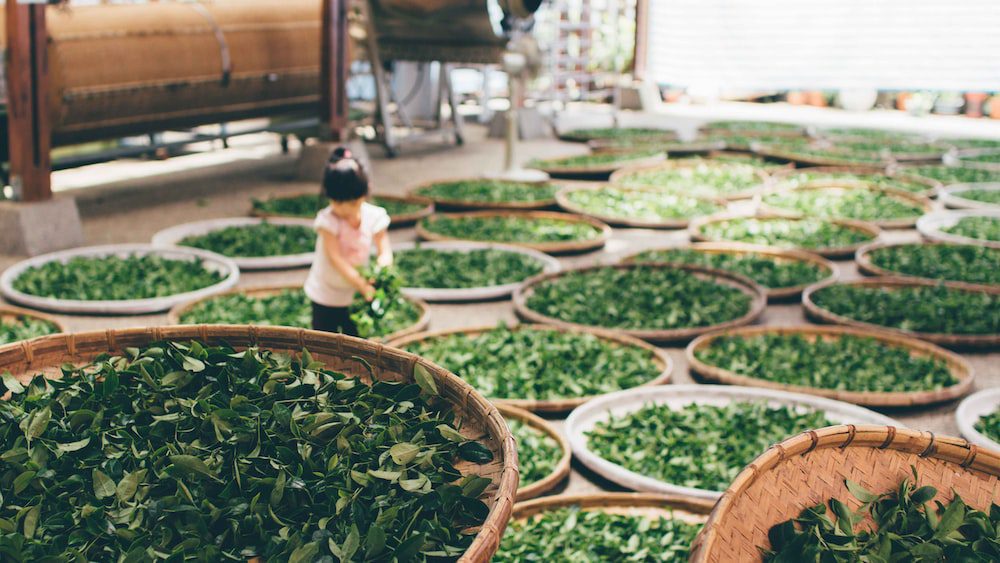
Therefore, it can be said that the ancients transitioned from raw tea to stir-fried tea between the Han Dynasty and the Sui and Tang Dynasties. This transition not only improved the preservation and portability of tea, but also laid the foundation for the later formation of tea culture.
There are profound cultural, health and social reasons why people of advanced age prefer tea. This preference has a long history and reflects the importance of tea in people's lives.
Tea culture has a long history in China. Tea is considered to be the national treasure of China, and it has been the daily companion of Chinese literati, officials and scholars for thousands of years. People of age have gradually developed a deep interest in tea culture over a long period of time. The beauty of tea art and the tea ceremony are deeply loved by them. For them, tea tasting is not only a way of life, but also a kind of spiritual support and an inheritance of traditional culture.
The health value of tea is a major attraction for seniors. As we age, health issues become a major concern for the elderly. Tea is rich in antioxidant substances, such as tea polyphenols and vitamins, which have the effect of anti-aging, lowering blood pressure and blood lipids. Therefore, it has become a habit in the lives of the elderly to take care of their health and maintain their health by drinking tea.
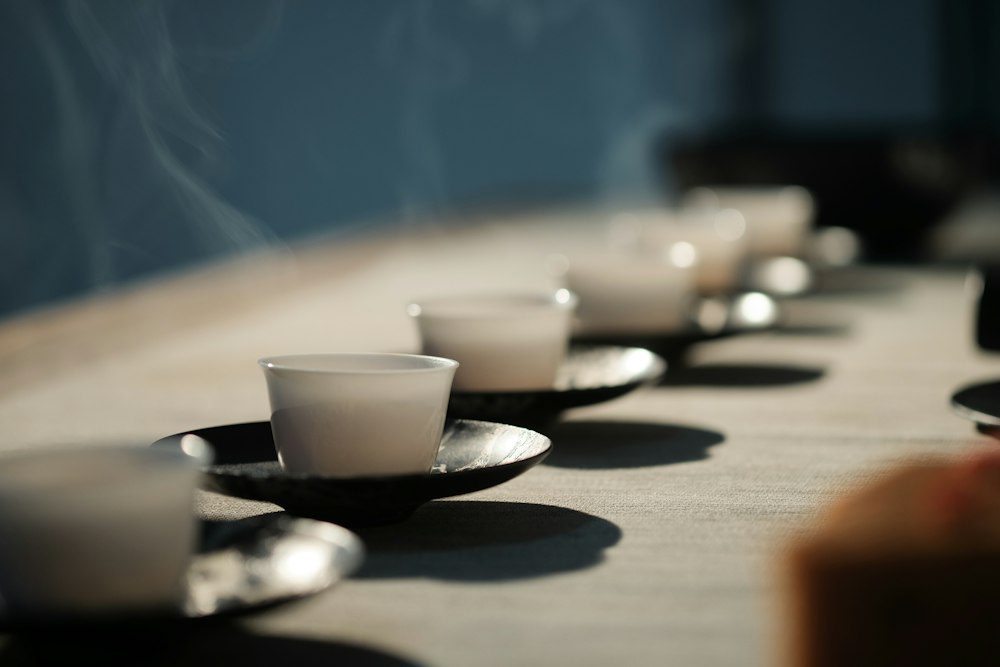
The process of drinking tea also provides a leisurely and peaceful way for seniors to enjoy life. The process of making and tasting tea requires patience and meticulousness. In the process of drinking tea, the elderly can think about life and reminisce about the past in a tranquil environment, experiencing a peaceful and deep sense of life. The long history and unique rituals of the tea ceremony provide a spiritual support for the elderly.
Tea as a medium of socialization is also an important social occasion for older people. In China, drinking tea is often accompanied by socializing among people, and teahouses and cafes have become places where older people gather. Through drinking tea, they can make new friends, share life experiences and care for each other. This kind of socializing not only meets the needs of the elderly for socializing, but also provides them with a pleasant atmosphere to live in.
People of advanced age like to drink tea, both because of its deep cultural heritage and because of the health value of tea and the socialization of tea culture. Tea has become a part of the life of the elderly, not only as a continuation of cultural traditions, but also as a pursuit of physical and mental health, and as a vehicle for socialization and communication.
